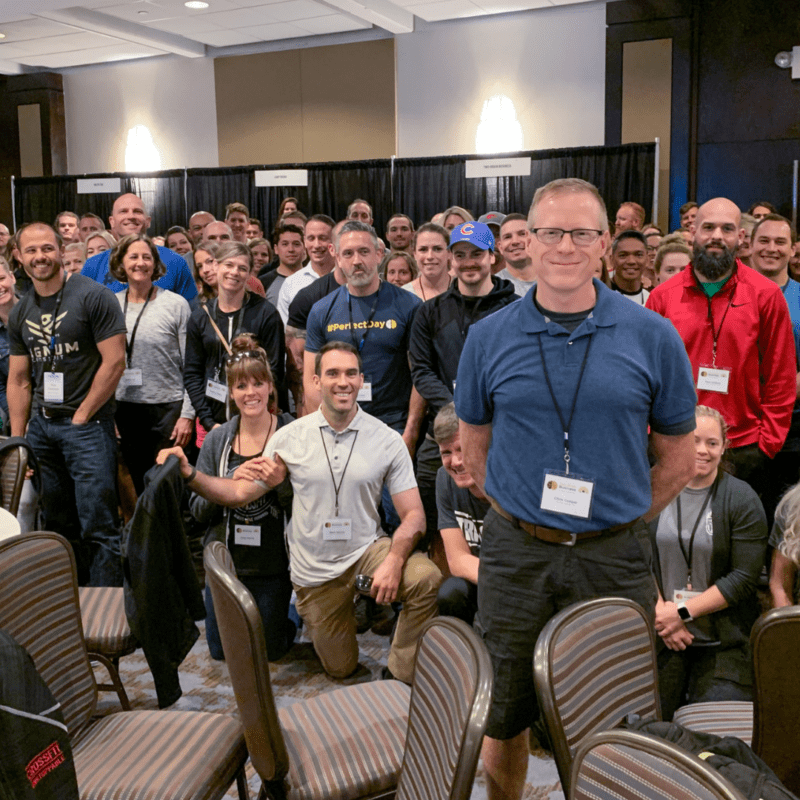Last year a local high school built a new football field. Football isn’t our primary sport in Canada, but the local competition is fierce, and we get just as excited about it. So the new football field included a bit more seating, and a huge scoreboard. You can clearly see the scoreboard from the highway if you’re just driving by. The team had a losing season; the larger scoreboard didn’t help. That’s obvious. But the larger scoreboard also failed to draw more fans to the game. If you’re running a volunteer football team, that probably doesn’t matter. If you’re running a for-profit gym, that matters a lot. In 2016, I was approached by Polar to test their new score boarding software. After their break with OrangeTheory, Polar wanted to sell their technology to other gym chains, and the TwoBrain family appealed to them as a “tip-of-the-spear” group of owners. We set up their heart rate scoreboard in the gym, with predictable results: clients looked at the screen during the workouts, thought it was “cool” for awhile, and then went back to their WOD scores. I was disappointed: the tech is colorful, syncs easily and creates the opportunity to sell chest straps to clients. Then I had a conversation with Ray from UpCoach about heart rate testing. A local gymnastics club asked him to test VO2max on their athletes. He replied, “How will the results of the test change your training program?” They didn’t have an answer. His suggestion was to avoid testing anything unless you were prepared to make changes afterward. Before adopting a heart rate scoreboard in their gym, I think there are two bigger questions that coaches and owners need to ask: Coaches: “Will I change our programming based on the results I collect from this new data?” (assuming you’re collecting data and using that to determine future programming, of course.) ...
Read More →
